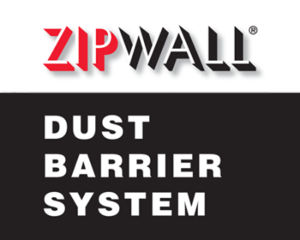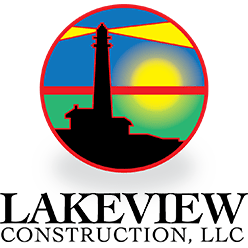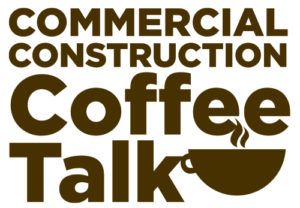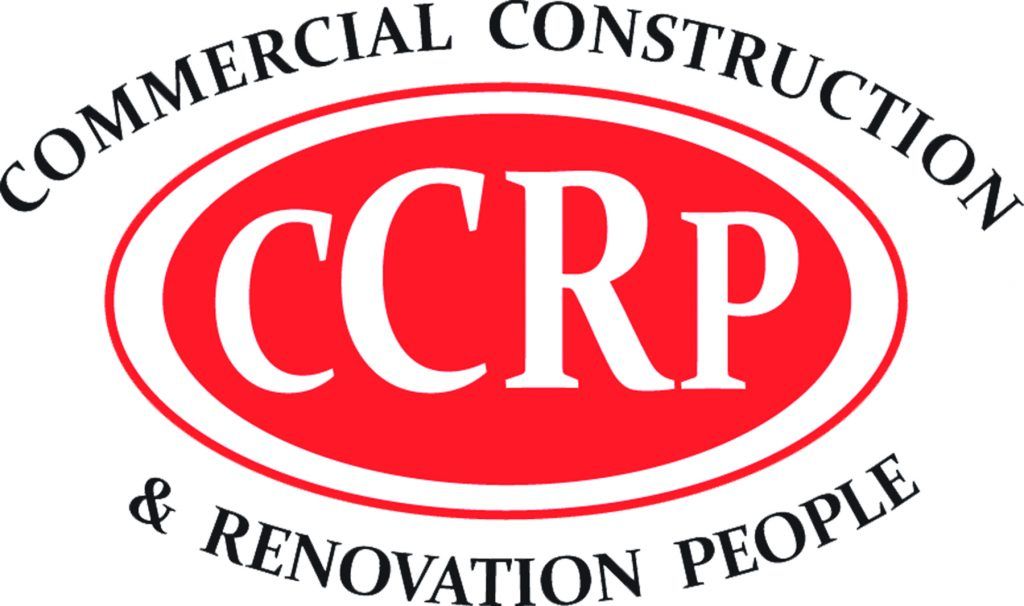Commercial construction depends on rhythm. Materials arrive on time, crews rotate in sequence, and machines do the heavy lifting that keeps everything on track. But when a single piece of equipment stops working, that rhythm breaks. Crews wait, schedules slide, and costs start piling up. Towering cranes and heavy-duty machines might symbolize progress, but when they sit idle, they quietly signal something else: a project in trouble.
Equipment downtime often flies under the radar. It’s underestimated and underreported, even though it can unravel a tightly planned timeline faster than almost any other disruption. In an industry built on coordination and deadlines, even brief stalls come with outsized consequences.
The Domino Effect of Equipment Failure
When equipment breaks down, it doesn’t just interrupt a single task—it stalls everything downstream. A malfunctioning concrete pump can delay a slab pour, which then holds up framing, electrical work, inspections, and every step that follows. The longer the delay, the harder it becomes to recover lost time without adding labor costs or compromising quality.
Unlike weather delays or permitting issues, mechanical failures are often preventable. But once they occur, the impact is immediate. Rescheduling subcontractors, reordering workflows, and managing idle crews adds layers of complexity. The problem isn’t just the machine—it’s how deeply every part of the project depends on it running.
Common Downtime Culprits in Construction
Some setbacks are unavoidable. But many are caused by issues that could have been anticipated—especially when it comes to equipment. Deferred maintenance, aging fleets, and skipped inspections all increase the risk of breakdowns at the worst possible time.
One frequent trigger is component failure. When essential parts wear out—whether it’s a cracked belt, faulty valve, or worn hydraulic pump parts—the machine grinds to a halt. Sourcing replacements isn’t always fast. Lead times vary widely, particularly in high-demand regions like Indiana, where machinery sees constant use and downtime quickly adds up.
The supply chain adds another layer of risk. Using generic or ill-fitting parts often leads to premature wear, while last-minute orders tend to cost more and take longer to arrive. Poor planning in this area doesn’t just stall equipment—it halts entire phases of a build.
Preventive Maintenance Is the Best Project Insurance
Running machines until they fail might save time in the short term, but it tends to backfire. Preventive maintenance helps contractors avoid emergency repairs, reduce the risk of surprise delays, and keep jobs moving steadily forward.
Routine checks, consistent servicing, and condition-monitoring tools are all essential. A McKinsey report on construction productivity notes that operational improvements like asset management can significantly reduce both cost overruns and project delays. In a field where timing controls everything, even small fixes can prevent major disruptions.
Maintenance isn’t just about reducing breakdowns. It’s about creating a stable, predictable environment where schedules don’t fall apart when one bolt comes loose.
Why Sourcing Quality Parts Matters
Even the most meticulous maintenance plan can’t compensate for poor parts. Cutting corners on components may save money up front, but the long-term cost often shows up in the form of repeated failures and unreliable performance.
The right parts keep equipment reliable—and that keeps the schedule intact. There’s a real difference between a high-quality, properly fitted part and a cheaper, poorly matched substitute. When timelines are tight, one broken part can force crews to stop, subcontractors to reschedule, and timelines to be rewritten.
Location also matters. In high-demand areas, contractors often benefit from regional suppliers who can quickly deliver specialized replacements. Fast, reliable sourcing—especially for systems as intricate as hydraulics—can make the difference between a short delay and a cascading one.
Coordinating People, Equipment & Timing
Construction schedules depend on more than just people showing up. Equipment needs to be ready, running, and where it’s needed without delay. If a critical machine is out of service, even for a day, it can block multiple trades and force last-minute changes that ripple through the project.
Coordination isn’t a one-time task. It’s a moving target that requires constant adjustment. Downtime forces those shifts to happen under pressure, which increases the chance of missteps. And if replacement parts or equipment aren’t available quickly, delays stretch longer and become harder to absorb. That’s why the construction supply chain must be fast-moving and dependable. A well-maintained piece of equipment is only as reliable as the network that supports it—parts, logistics, and supplier relationships all play a role in keeping work on track.
Conclusion
Downtime rarely comes with warning. One minute, everything’s moving. Next, a key piece of equipment stops, and the ripple effects begin. Hours are lost, crews wait, and the budget absorbs another unexpected hit.
It doesn’t take a major failure to derail a schedule. Small, overlooked issues—like a missed service check or a delayed part—can bring a job site to a standstill. Avoiding that kind of
disruption starts with treating equipment performance as a core part of the build strategy, not a background concern.
Because when machines keep moving, so does the project.





























